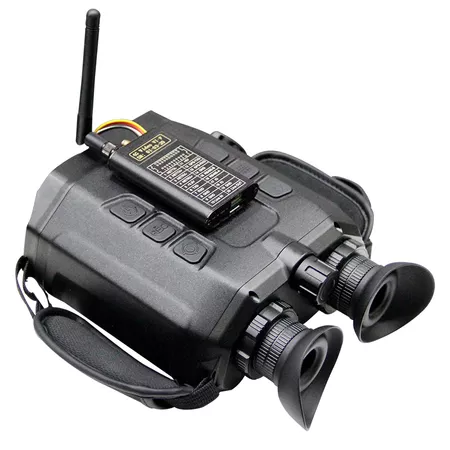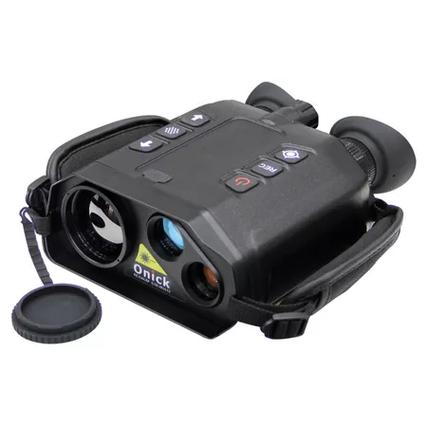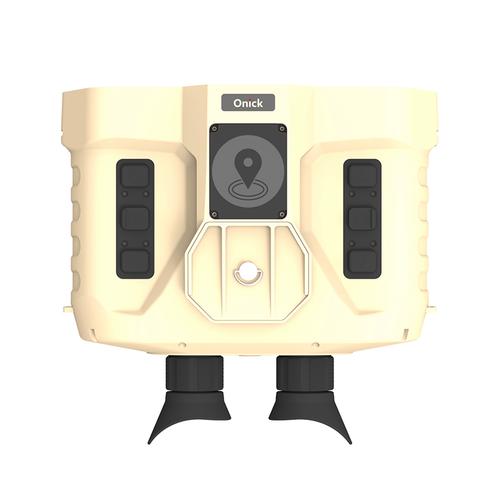Based on the imaging principle, night vision systems are primarily categorized as active and passive. Low-light-level and infrared imaging are the most widely used night vision technologies. Low-light-level refers to faint light at night or in low-light conditions, with a wavelength of approximately 0.4 to 2 μm. Low-light-level night vision, also known as image intensification, uses an image intensifier to convert weak or low-energy light into an enhanced optical image, enabling direct observation. Infrared night vision technology is categorized as active and passive.

Active infrared night vision uses infrared light to illuminate the target and utilize the infrared light reflected back from it for observation. The corresponding equipment is an active night vision system. Passive infrared night vision utilizes infrared radiation emitted by the target itself to achieve observation. It converts the temperature distribution of the target surface, which is invisible to the human eye, into a visible thermal image. The equipment used for this is a thermal imager.

When it comes to night vision technology for vehicle-mounted platforms, thermal imaging offers superior suitability compared to the other two technologies, considering factors such as night vision range, inclement weather, and the impact of strong sunlight on oncoming vehicles. Furthermore, with the development of uncooled infrared detectors, their cost-effectiveness continues to improve, leading to a wider range of applications.

Onick RE650 is a handheld three-light thermal imaging observation and reconnaissance instrument equipped with a TV camera, uncooled infrared thermal imager, laser rangefinder, GPS, electronic compass and other functions. It can be used for all-weather day and night reconnaissance, target positioning, etc. The product has good infrared imaging effect, and is small and light, low power consumption, simple control, light and portable appearance, and has a good grip. The product uses a high-resolution infrared sensor, has good infrared imaging effect, ultra-low power consumption, fast startup, simple control, compact and stable structure.
1. Infrared and white light imaging, binocular observation, image and video storage;
2. Electronic zoom 1.0×~8.0× stepless zoom, step 0.1×;
3. Laser ranging, Beidou positioning, compass orientation, target positioning, trajectory calculation function;
4. Reserved expansion interface, can be connected to humidity sensor, anemometer, etc.;
5. With fog penetration, roll angle, pitch angle, altitude, air pressure sensor, fault diagnosis function;
6. AI recognition function of human and vehicle targets; lock and identify drones;
Applicable to low-altitude economy, emergency rescue, anti-terrorism, reconnaissance, border defense, drug control night vision, border patrol, border inspection station monitoring, water search and rescue, prison monitoring, night vision patrol, epidemic prevention, etc.
If you would like to learn more about fusion night vision devices, infrared thermal imaging scopes, and more, please feel free to contact us.